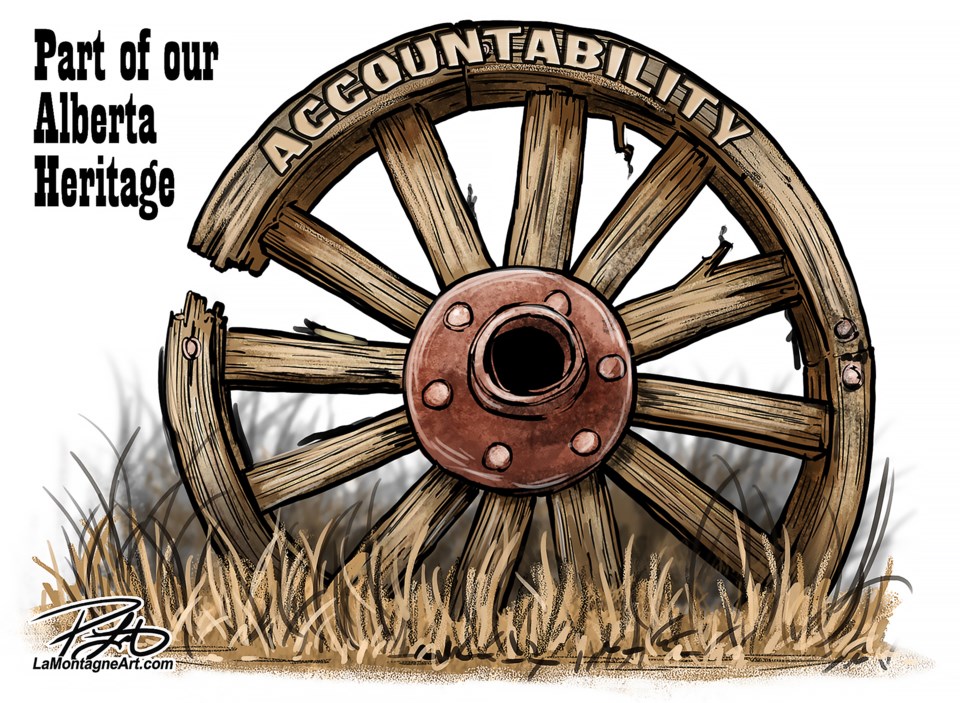The ongoing logging saga along the Highwood River in Kananaskis Country seemingly has no end in sight.
Though logging was approved by the provincial government for roughly 1,200 hectares of forest in the Upper Highwood area to be cut down, conservationists have pushed back and raised alarm bells on the potential environmental impact if logging proceeds.
But the nature of the project has highlighted glaring deficiencies in the approval process and understanding the long-term environmental impacts from clearcutting, specifically what level of research and study should be done before approving such a plan and who picks up the tab?
Right now, the answers to those questions in order are not much and really no one.
Canadian Parks and Wilderness Society (CPAWS) completed a fundraising project for $55,000 to complete an additional study in the area. The amount is a drop in the bucket for larger companies, but for a not-for-profit, it can be a roadblock in paying the necessary consultants.
Grants and long-term funding can take time, so when in a pinch the hat-in-hand model is often the last bet for an organization with limited resources.
When significant work is undertaken, understanding the long-term environmental impacts is a necessity.
A project team is completing fieldwork in an attempt to show the impacts of logging on fish distribution, habitat use and forest hydrology.
The work being done by CPAWS is ongoing, but has shown westslope cutthroat trout and bull trout – both included in the Species at Risk Act – use the planned logging area.
A significant amount of the area sub-watersheds could also be impacted, according to early results. Studying water quality, existing erosion events and conducting spawning surveys will continue to build on findings.
The provincial auditor general found Alberta’s water conservation system lacking and many of its water basins were missing conservation objectives, emphasizing the need for better and more detailed information. Government ministries, though employing many qualified people, simply lack the resourcing to complete the necessary work.
The project has already been mired in issues after a bridge constructed by Spray Lakes Sawmills, who were bought by West Fraser Timber in 2023, is in the process of being removed. The decision to do so came after an investigation by the federal Department of Fisheries and Oceans Canada found it impacted threatened trout species and the company didn’t have permitting.
West Fraser has committed to continuing with public engagement and now has the harvest scheduled for fall 2025.
Though the bridge is coming down, the future of the plan remains unclear. A new one could be built as early as 2025, according to the company.
The stop-and-start process has highlighted the need for detailed analysis before moving ahead with large-scale projects.
In Ontario, 36 conservation authorities work to protect, restore and conserve water, land and natural habitats.
The conservation authorities have been under attack by the Conservative Doug Ford provincial government, but its core mandate has continued to keep conservation efforts at the forefront.
Their existence may slow down forms of development and resource extraction, but are vital in preserving and better understanding environmental impacts such as those on wildlife, forests and floodplains.
Such a model – however unlikely to come to fruition – could benefit the Alberta landscape both in the short- and long-term.
The need to better enhance and understand environmental implications is a necessity, with any changes to the terrain having a lasting impact for generations.
Without such in-depth studies and research, the long-term ramifications will continue to be relatively unknown.




